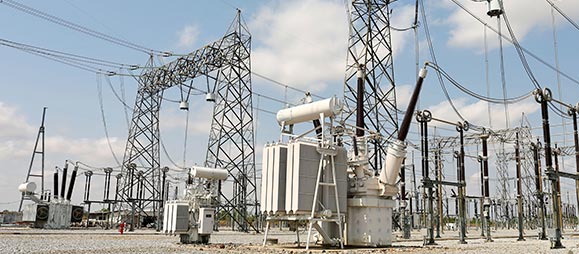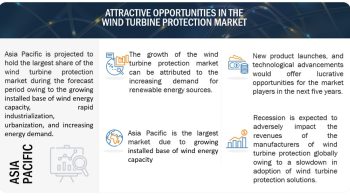
The global Dry Type Transformer Market is expected to grow from an estimated USD 6.6 billion in 2023 to USD 9.2 billion by 2028, at a CAGR of 6.8% according to a new report by MarketsandMarkets™. Countries across the globe continue to invest in upgrading and expanding their electrical grids to meet the rising energy demand and integrate renewable energy sources. Surging demand for energy efficient and reliable transformers is expected to drive the growth of Dry Type Transformer Market. Dry type transformers are known for their safety, energy efficiency, and environmental friendliness, are poised to play a pivotal role in this transformative process. Moreover, the focus on safety and environmental responsibility is driving industries and utilities to opt for equipment that minimizes risks associated with oil leaks, fires, and environmental pollution. Dry type transformers being inherently safer due to their lack of flammable liquids align seamlessly with these priorities. The global expansion of electrical infrastructure presents lucrative opportunities for the growth of the Dry Type Transformer Market and the companies involved in producing and providing these transformers.
Download PDF Brochure: https://www.marketsandmarkets.com/pdfdownloadNew.asp?id=193779200
The Industrial is expected to be the largest segment in the dry type transformer market.
This report segments the Dry Type Transformer Market based on application into four segments: Industrial, Commercial, Utilities, and Others. The industrial segment is expected to be the largest segment during the forecast period. In industrial plants, dry type transformers are often used to step down voltage levels and transmit power to machinery, equipment, and production lines. Their versatility for indoor installations makes them even more desirable in industries where space tends to be limited.
The Vaccum Pressure Impregnated, by technology, is expected to grow at the highest CAGR during the forecast period.
Based on technology, the Dry Type Transformer Market has been split into cast resin, and vaccum pressure impregnated. Vaccum Pressure Impregnated are expected to grow at the highest CAGR during the forecasted period. Vaccum Pressure Impregnated increases the dielectric strength of insulating materials, hence lowering the risk of electrical breakdown and enhancing the overall performance and reliability of electrical equipment. The most prevalent technology of the dry type transformer system is the cast resin. Cast Resin Technology assists lower transformer noise levels due to winding encapsulation, making it ideal for noise-sensitive areas. Hence, it is expected to hold the largest share in the technology segment of Dry Type Transformer Market.
Request Sample Pages: https://www.marketsandmarkets.com/requestsampleNew.asp?id=193779200
Asia Pacific is expected to be the largest region in the dry type transformer market
Asia Pacific is expected to be the largest Dry Type Transformer Market during the forecast period. The Asia Pacific region comprises major economies such as China, India, Japan, and South Korea. The Dry Type Transformer Market in Asia Pacific is primarily fueled by the significant investments for expanding the number of substations owing to meet the electricity demand coupled by the robust growth in industrial and commercial sectors. Electricity shortage is expected to support market grow in Asia Pacific as it can attribute to the increasing demand for power leading to installations of transmission & distribution infrastructure. The region is investing extensively in renewable energy sources such as solar and wind power. Dry type transformer are utilised to connect various energy sources to the grid, ensuring efficient power distribution.
Key Market Players:
Some of the major players in the Dry Type Transformer Market are Schneider Electric (France), Siemens Energy (Germany), Hitachi, Ltd. (Japan), Eaton (Ireland), TOSHIBA CORPORATION (Japan). The major strategies adopted by these players include new product launches, acquisitions, contracts, agreements, partnerships, and expansions.


